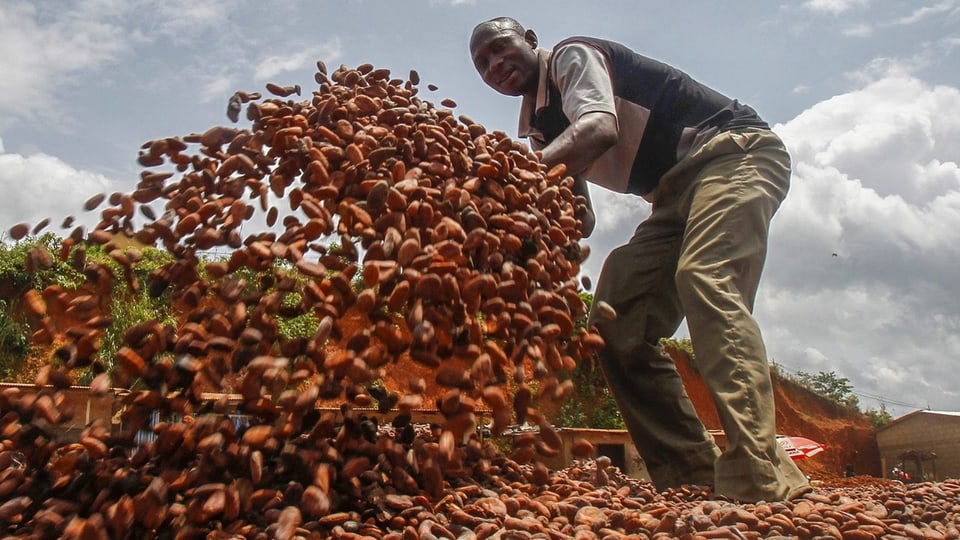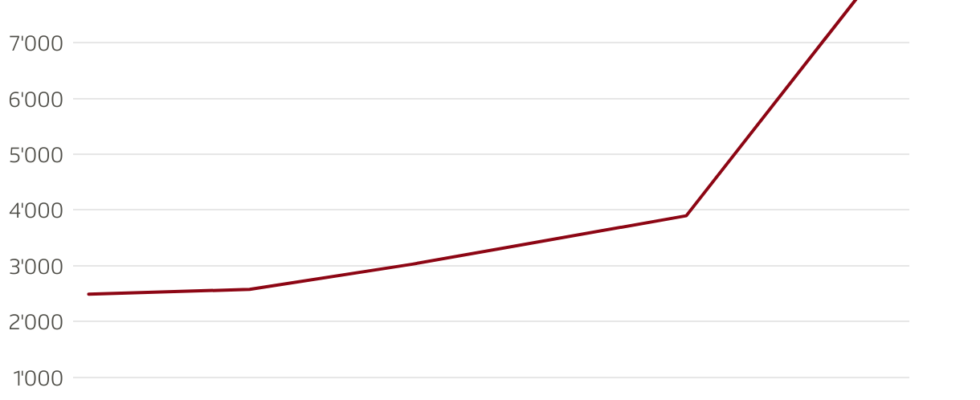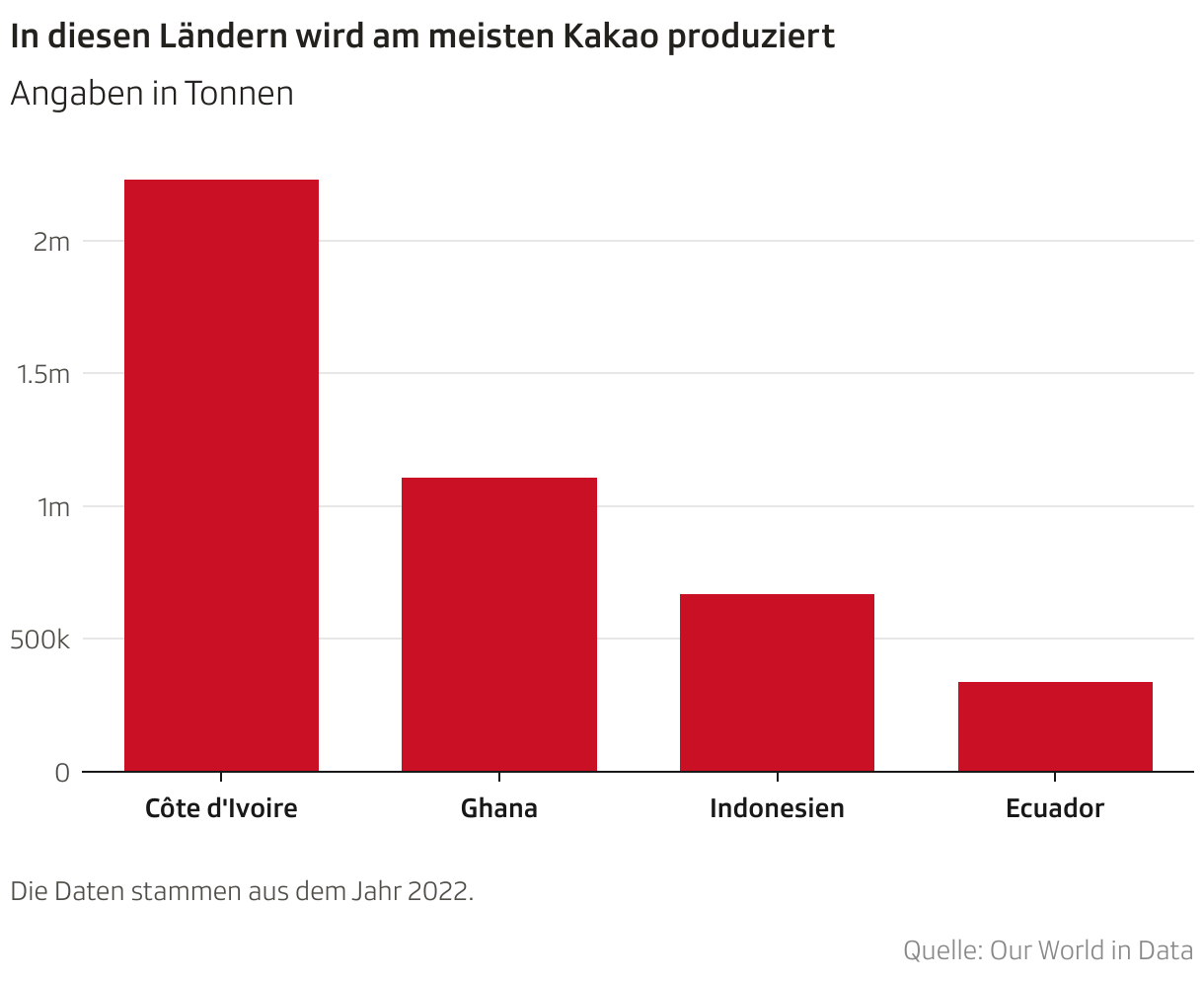Contents
The chocolate Easter bunny is significantly more expensive this year. But not all cocoa producers benefit from this.
That’s what it’s about: Cocoa is currently achieving record prices. The reason for this is unfavorable weather and a poor harvest. Cocoa needs a lot of rain to thrive. In general, it was too dry in the main growing areas. At the same time, it was wet at the wrong time, which caused the flowers and cocoa pods to rot and a viral disease to spread. As a result, the cocoa harvest collapsed, especially in the main growing regions of Ghana and Côte d’Ivoire. Cocoa now costs practically twice as much as the long-term average.
This is how the industry reacts: The Swiss manufacturer Lindt & Sprüngli focuses primarily on premium products. He increased the price of these in order to cover the higher purchasing costs. At the same time, the company is trying to secure supplies on the market and fill its warehouses if the price remains high for a longer period of time. Barry Callebaut, in turn, produces chocolate for processors in various price segments. Accordingly, it may be more difficult to simply pass on the additional costs. Barry Callebaut did not want to comment on the strategy when asked.

Legend:
Cocoa farmer in Côte d’Ivoire
The cocoa harvest in West Africa was very poor this year.
Keystone
And the farming families? When prices are high, the farming families in the producing countries should actually benefit. However, this is only the case to a limited extent. In countries like Ecuador, where farmers sell their crops on the open market, families have made record earnings. The hope is that they will now invest these special profits in the future of sustainable cocoa production. It’s different in West Africa: The cocoa price is set by the state. The families only received a third of the market price. Farmers in Ghana also received 60 percent more for their beans, but they also suffered crop losses of up to 60 percent.
Why there is child labor: In the large cocoa growing areas in West Africa, the rural population is very poor. In order to survive, children work on the family plantations. The problem of child labor in cocoa farming is therefore widespread. At the same time, there is also a lack of infrastructure, for example schools for children. A general remedy would be more income for these farming families. This requires joint efforts from industry, aid organizations and government agencies.
There is cocoa here: A good two-thirds of the cocoa produced worldwide usually comes from West Africa – from Ghana and Côte d’Ivoire. Indonesia is also one of the large producing countries. In Central America, Ecuador is the largest producer of cocoa.
Cocoa and Switzerland: Switzerland is internationally closely associated with chocolate. The reason is that resourceful inventors in Switzerland have perfected the processing of chocolate, for example by conching it. At the same time, Switzerland is also home to large international chocolate companies. Barry Callebaut, the largest chocolate producer in the world, is based in Zurich, as is Lindt & Sprüngli. Nestlé is also one of the big players in the chocolate business.

